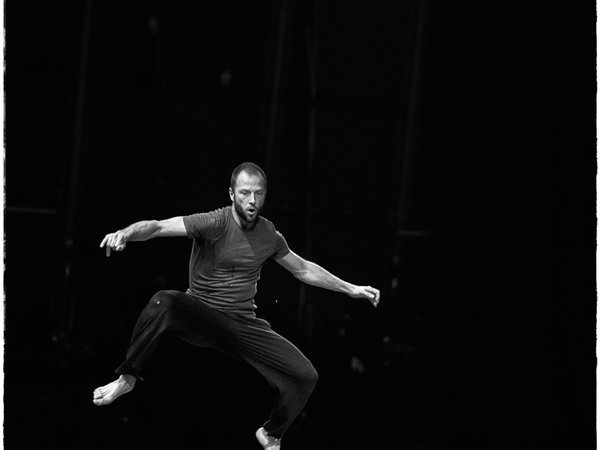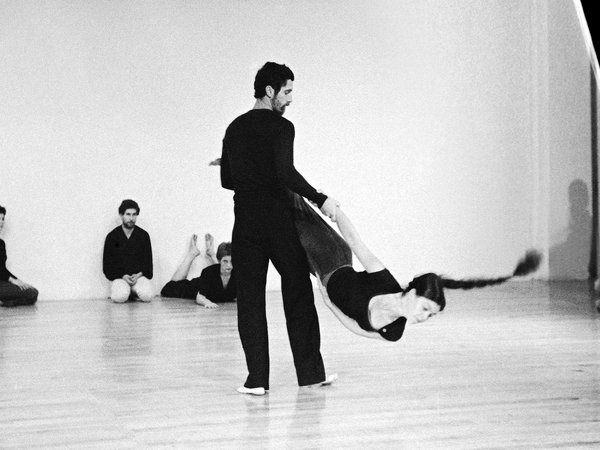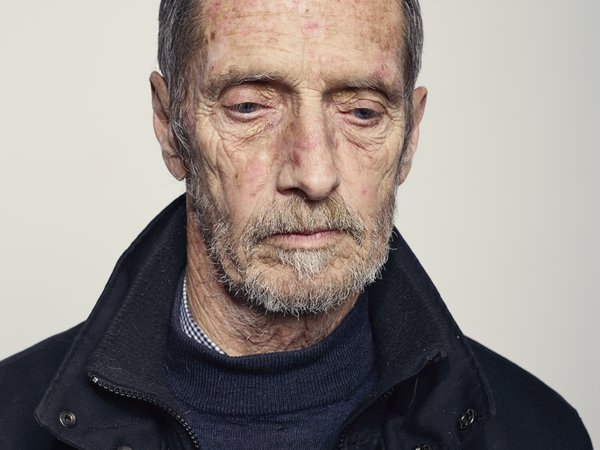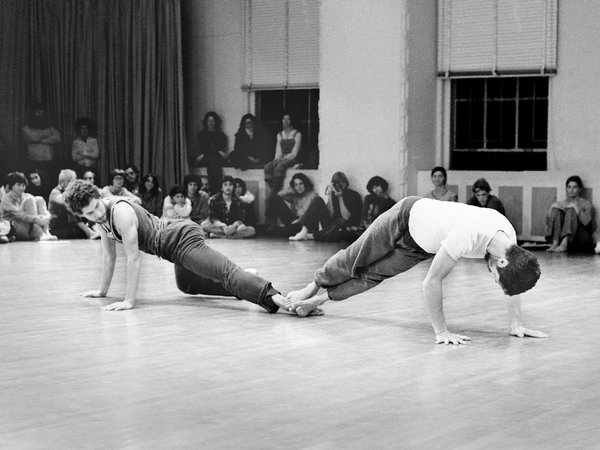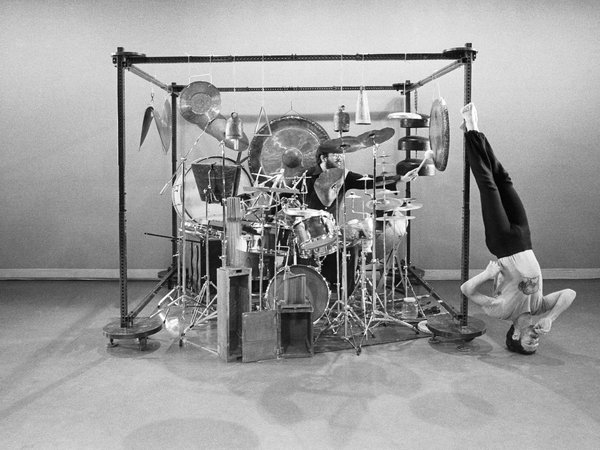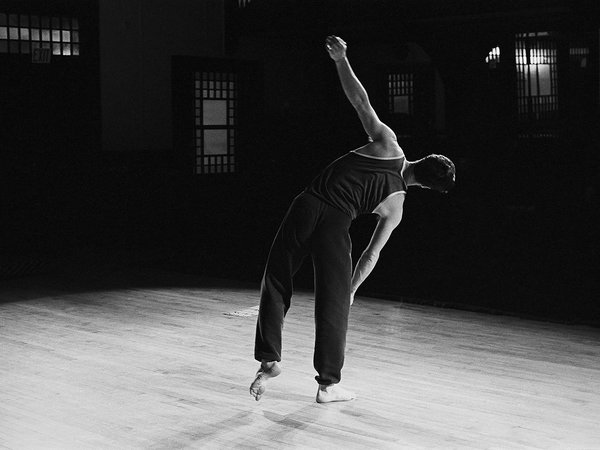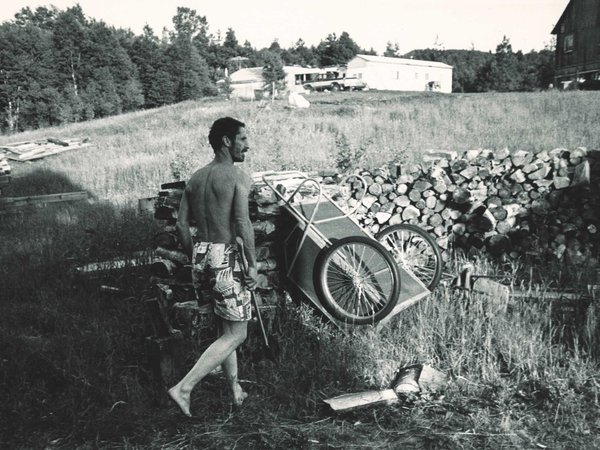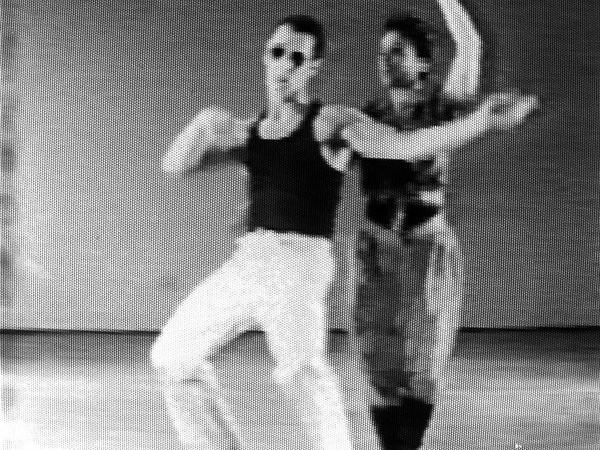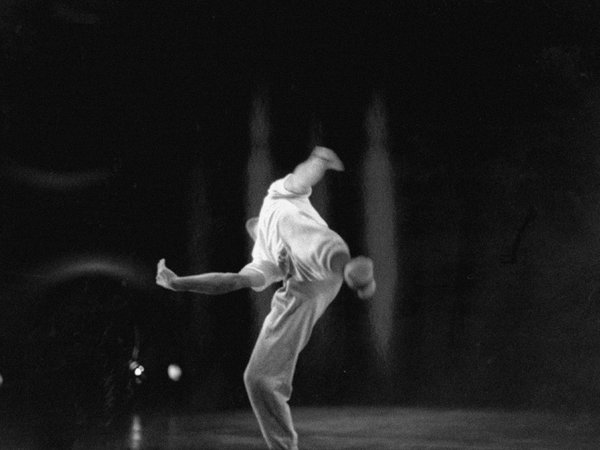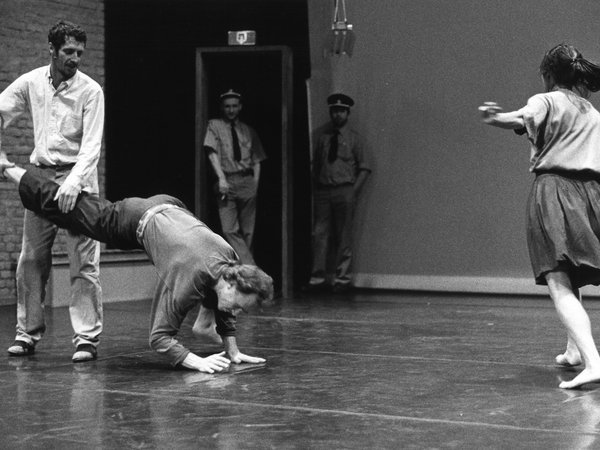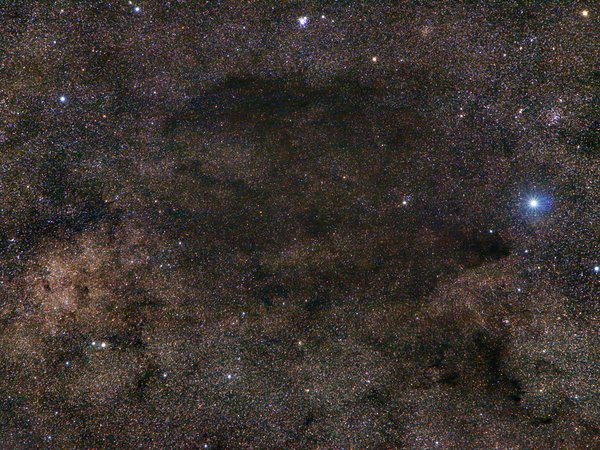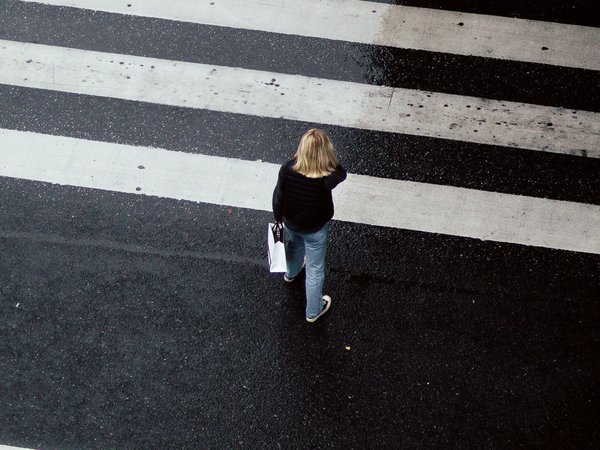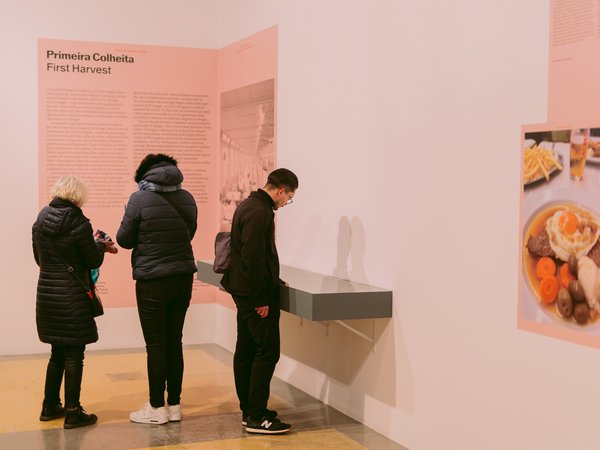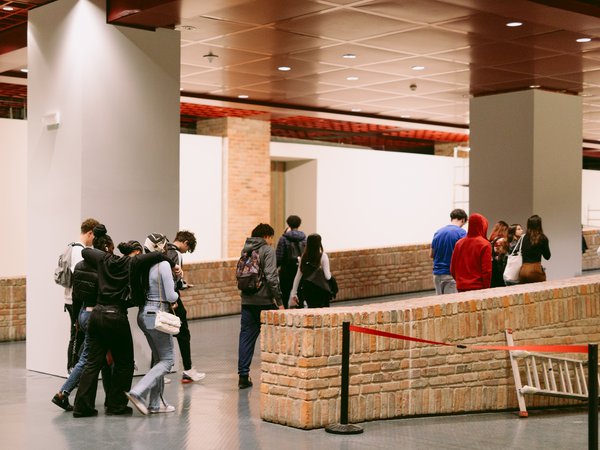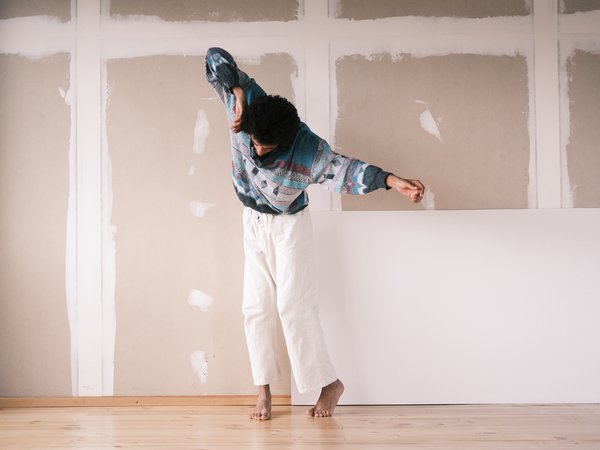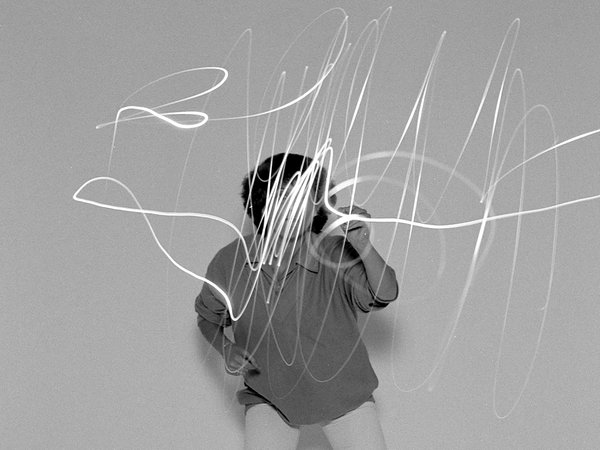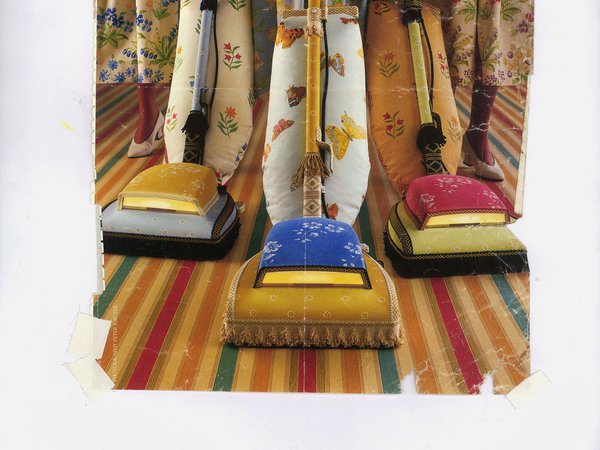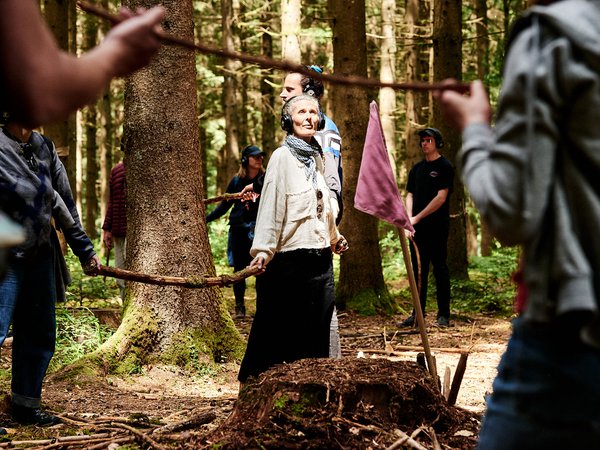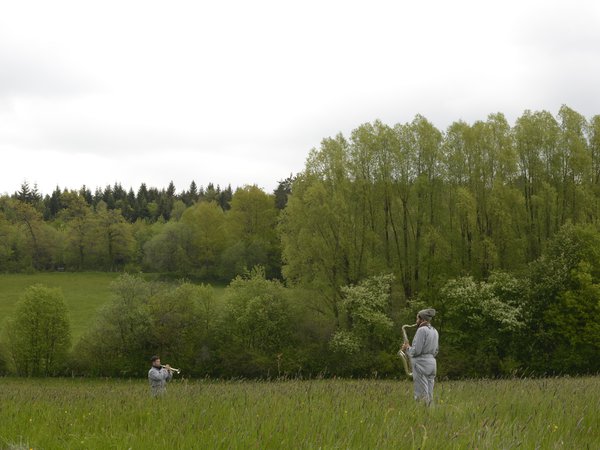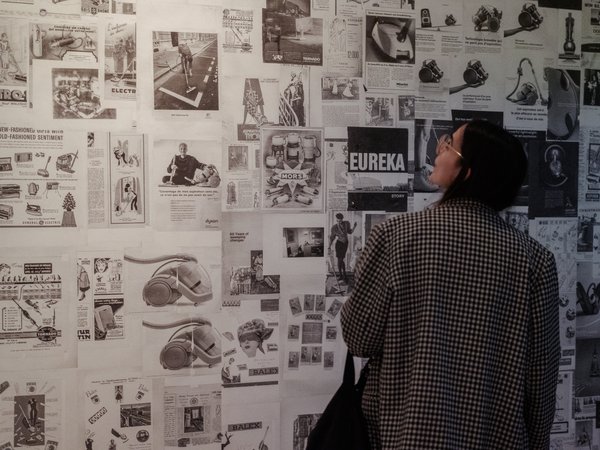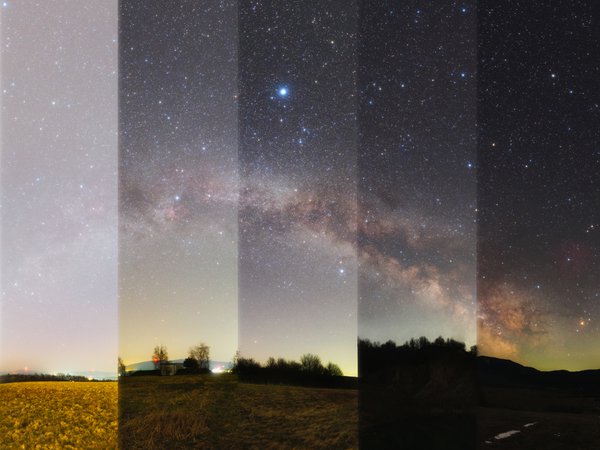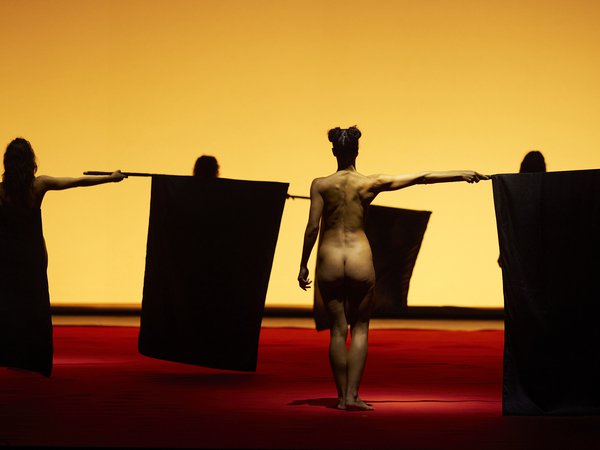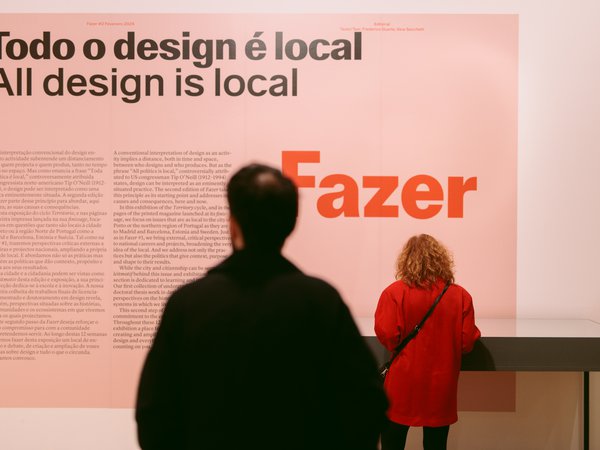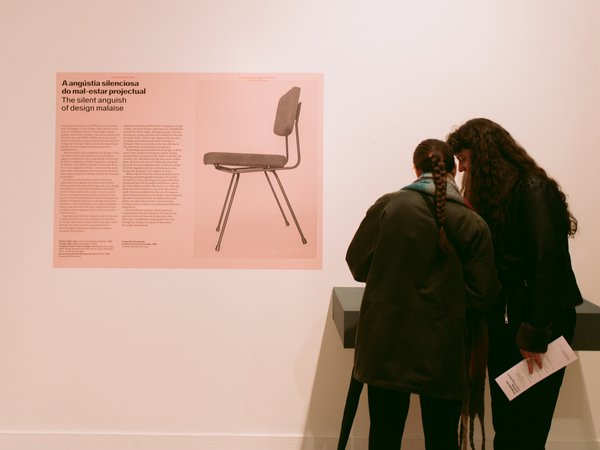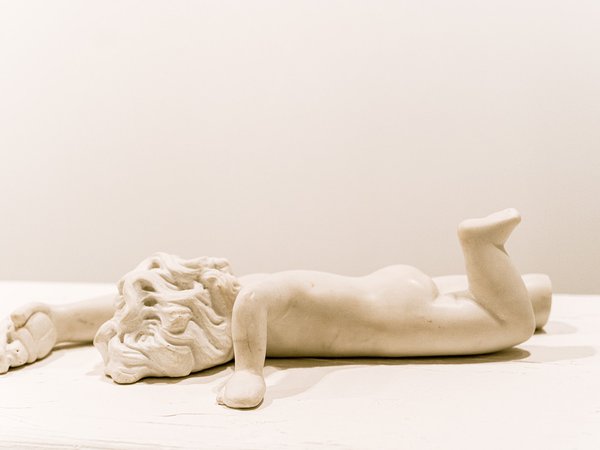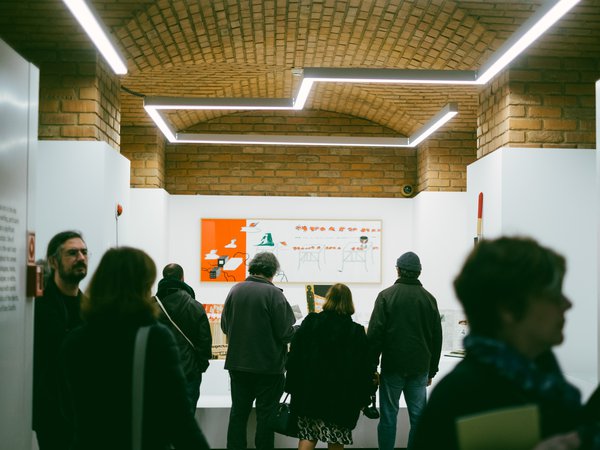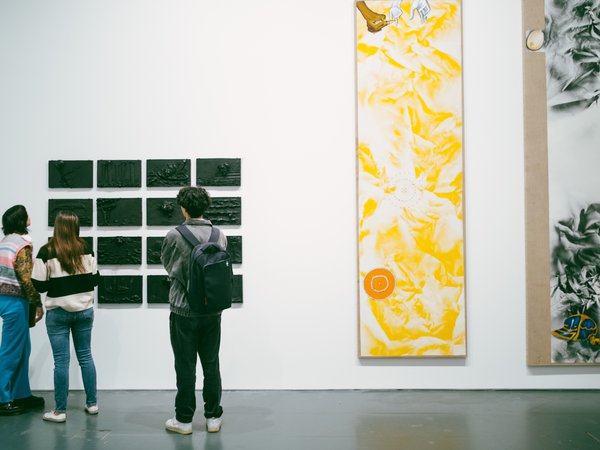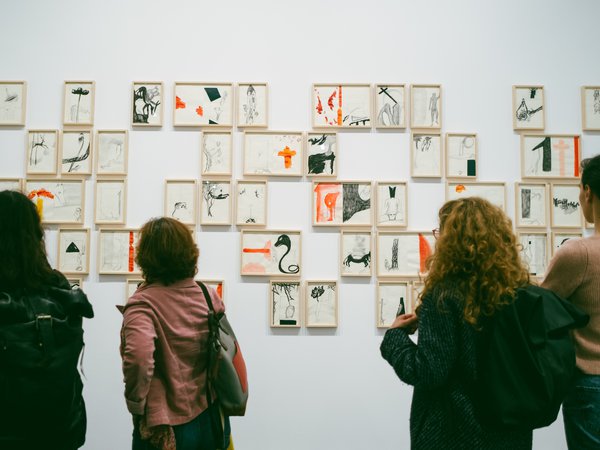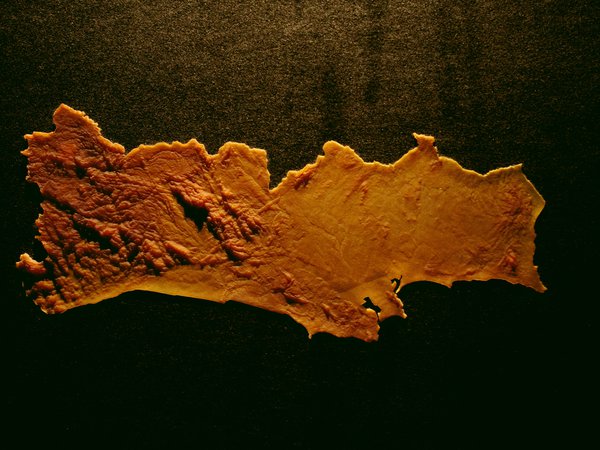This is a past event.

Four lectures around Paxton
Four lectures around Paxton
These four conversations challenge the public to explore Steve Paxton's work over the past 60 years. Each conversation unfolds over a question guided by the moderators: Paula Caspão (writer, artist, postdoctoral academic), Vera Mantero (dancer and choreographer), Patricia Kuypers (dancer, choreographer, researcher and founder of Contredanse) and Rita Natálio (poet, performer, playwright and doctorate student). During this period visitors will also have the chance to see the exhibition Drafting Interior Techniques.
The cycle dedicated to North American choreographer Steve Paxton will include four public conversations on the subject of his work. Each conversation unfolds over a question that challenges the public to explore Paxton's work over the past 60 years.
PROGRAM
Are you dancing now? (about pedestrian movements)
WITH Paula Caspão
Solo dancing, really? (about relation)
WITH Vera Mantero
What is my body doing when I am not conscious of it? (about practice)
WITH Patrícia Kuypers
Is it time to attempt anarchy? (about collective improvisation)
WITH Rita Natálio
21 MAR 2019
THU 18:30
30 MAY 2019
THU 18:30
06 JUN 2019
THU 18:30
25 JUN 2019
TUE 18:30
Free entry*
Duration 90 min
* Free entry, subject to availability and tickets available on the day from 18:00 at the ticket-office
In portuguese and english
About Steve Paxton cycle
American choreographer, dancer and improviser Steve Paxton, born in 1939, has been continuously shaping the face of dance over the last six decades. Having started his career in the 1950s, Paxton danced with José Limon and Merce Cunningham. He was one of the founders of the Judson Dance Theatre, the source of various collective creations that have laid the roots of postmodern dance. He was also a founding member of the New York-based improvisation collective Grand Union. He is the inventor of two techniques – Contact Improvisation and Material for the Spine – and has worked together with several visual artists (such as Robert Rauschenberg), also leaving his distinctive mark on the art world. Throughout his life, Paxton has been writing extensively about movement (he has produced more than 100 articles since 1970) and working tirelessly on performing improvised and choreographed works all over the world.
His work has influenced many choreographers and dancers, who have inherited the obsessions that characterize his work: the analysis and integration of everyday movements (such as walking), the importance of touch, weight and balance, and an openness to the non-technical body.
In Portugal, Steve Paxton and the Judson Dance Theatre’s way of thinking had a decisive influence on many of those taking part in the movement that has come to be known as the New Portuguese Dance, and, in various ways, shared their concerns about the relationship between art and everyday life.
Based on this perspective, Culturgest presents the Steve Paxton cycle, which has as its main axis an exhibition curated by João Fiadeiro and Romain Bigé and an evening of performances from the 1960's to present day. But the Paxton programme doesn’t end here. The transverse nature of his work is further expressed in a series of five talks (the first of them given by Paxton himself) and three workshops about Contact Improvisation and Material for the Spine, with the involvement of schools and the transformation of the exhibition space into a performative arena.
Relation with dance schools
In the frame of the Steve Paxton exhibition, Culturgest approached some dance schools and research centers in Lisbon in order to make sure that the body of work of one of the most influential thinkers-makers from dance history would not go unnoticed. This collaboration will start with a series of lecture-demonstrations that Romain Bigé and João Fiadeiro, curators of the exhibition, will give on Steve Paxton’s legacy in each of the associated schools/centers. Then it unfolds with an intensive and continuous presence of students and researchers in the exhibition space (with a free pass) so they can deepen their individual research on Paxton’s work. Finally, we have encouraged the schools/centers to temporary dislocate some of their classes and initiatives into the space of the exhibition so the space will be “occupied” by practitioners and art researchers.
CURATOR AND MODERATION
João Fiadeiro, Romain Bigé and Liliana Coutinho

